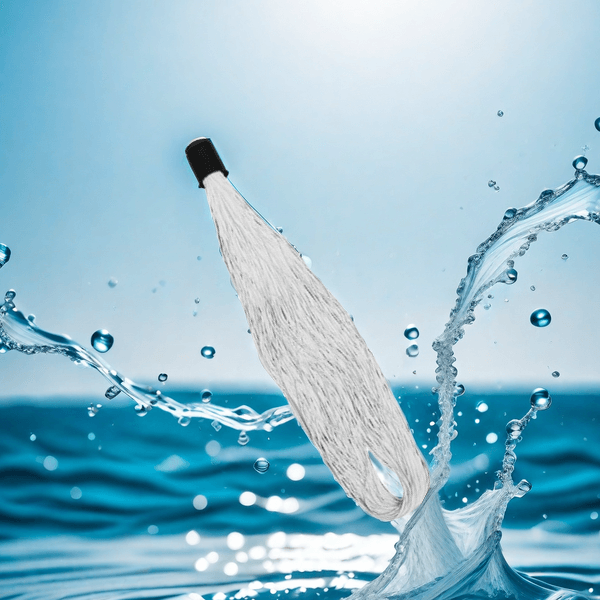What are the differences in ultrafiltration performance between PVC and PVDF materials?
PVC (polyvinyl chloride) and PVDF (polyvinylidene fluoride) are two commonly used ultrafiltration membrane materials. They have some significant differences in ultrafiltration performance. The following is a specific comparison of the ultrafiltration performance of these two materials:
1. Physical performance:
PVC material has excellent physical properties, such as high strength, good toughness, and strong heat and cold resistance. This makes PVC ultrafiltration membranes less prone to breakage and deformation during use, thus having a longer service life.
PVDF material also exhibits good physical properties, especially its high thermal stability and cold resistance. PVDF ultrafiltration membranes can operate in a high temperature range and typically withstand high temperatures ranging from 80 ℃ to 100 ℃, making them very suitable for high-temperature treatment processes.
2. Chemical stability:
PVC material has good acid and alkali resistance and chemical stability, but its usage temperature generally cannot exceed 80 ℃, and it is limited in certain specific applications such as drinking water and beverage treatment.
PVDF exhibits higher chemical stability and can withstand corrosion from various strong acids, bases, and organic solvents, making it suitable for a wider range of liquid processing environments.

3. Barrier and separation performance:
PVC ultrafiltration membrane can effectively block suspended solids, macromolecular organic matter, and some ions in water, and its screening ability mainly depends on the size and shape of the membrane pores.
PVDF ultrafiltration membranes can achieve high molecular screening performance due to their specific pore structure, effectively separating solutes, colloids, microorganisms, and particles. In addition, PVDF ultrafiltration membranes can also customize pore size and porosity according to specific needs.
4. Hydrophilicity and water yield:
The hydrophilicity of PVC material is relatively weak, which may affect the filtration efficiency and water production of ultrafiltration membranes.
The PVDF ultrafiltration membrane has undergone special hydrophilic treatment and has good hydrophilic performance, which can effectively improve the filtration effect of the membrane and obtain higher water production.
5. Application areas:
PVC ultrafiltration membranes are widely used in certain non drinking water treatment fields due to their low cost and excellent physical properties.
PVDF ultrafiltration membranes have advantages in biomedical, high-temperature treatment, and applications that require high chemical stability due to their high chemical stability, heat resistance, and good biocompatibility.
In summary, there are significant differences in physical properties, chemical stability, barrier and separation performance, hydrophilicity and water yield, as well as application fields between PVC and PVDF ultrafiltration membranes. The choice of material for ultrafiltration membranes depends on specific application requirements and scenarios.
